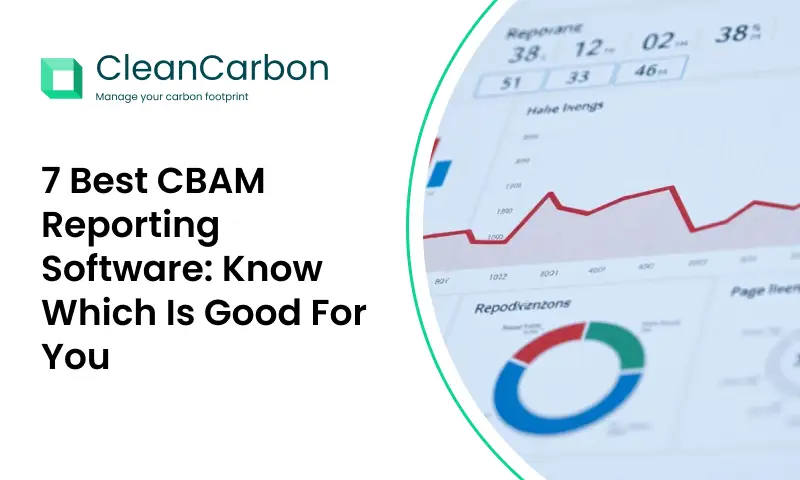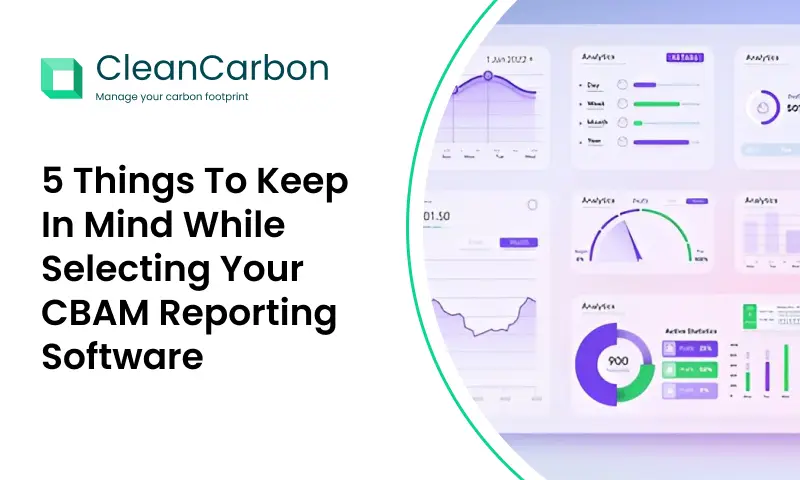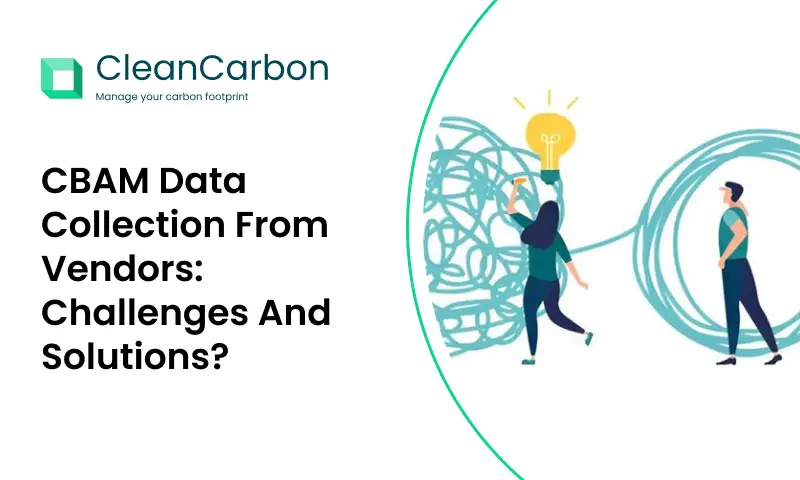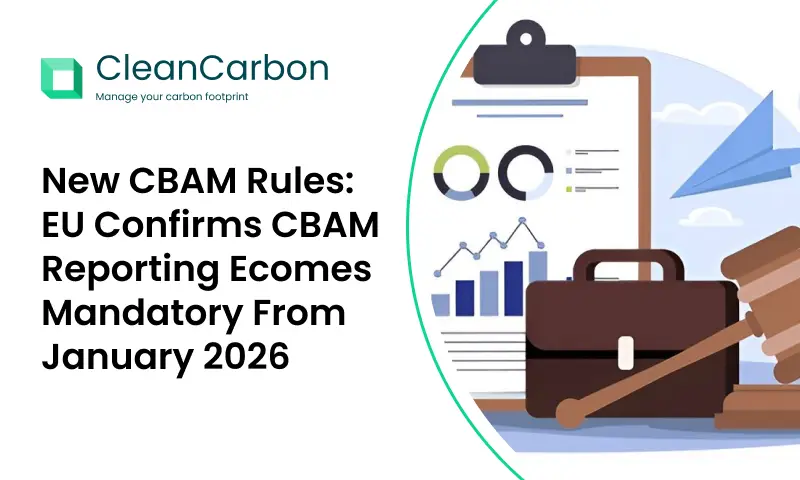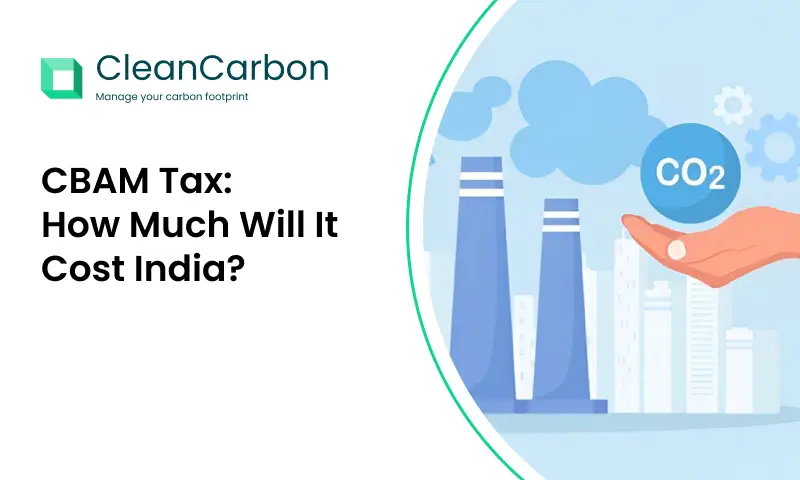As the world intensifies efforts to reduce greenhouse gas emissions, one critical challenge remains: carbon leakage. Carbon leakage occurs when industries relocate production to countries with laxer environmental regulations, undermining global climate action. To combat this, the Carbon Border Adjustment Mechanism (CBAM) has emerged as a key policy tool. In this article, we explore CBAM’s role in preventing carbon leakage, its implications for global trade, industries affected, and what businesses should do to prepare for its implementation.
What is CBAM?
Understanding the Carbon Border Adjustment Mechanism
The Carbon Border Adjustment Mechanism (CBAM) is an environmental trade policy designed to impose a carbon price on imports from countries with lower environmental standards. It ensures that domestic industries within a regulated carbon market, such as the European Union’s Emissions Trading System (EU ETS), are not put at a competitive disadvantage.
How CBAM Works
CBAM applies a carbon price to imported goods based on their embedded carbon emissions. This pricing mechanism levels the playing field between domestic manufacturers adhering to strict carbon regulations and international producers operating in less regulated environments.
Why is CBAM Necessary?
Addressing Carbon Leakage
Carbon leakage undermines the effectiveness of climate policies by shifting emissions rather than reducing them. CBAM prevents this by ensuring that imported goods face the same carbon costs as domestic products, discouraging companies from moving operations to countries with weaker environmental laws.
Encouraging Global Decarbonization
CBAM incentivizes international suppliers to adopt greener technologies. By making carbon-intensive goods more expensive, CBAM encourages foreign producers to lower their emissions, contributing to global climate change mitigation efforts.
CBAM Implementation: Key Features
Products Covered Under CBAM
Initially, CBAM will target carbon-intensive sectors such as:
- Cement
- Iron and Steel
- Aluminum
- Fertilizers
- Electricity
- Hydrogen
As the system evolves, additional industries may be included to ensure comprehensive carbon regulation.
Gradual Implementation Timeline
CBAM is being introduced in phases:
- Transitional Phase (2023-2025): Importers must report emissions but won’t yet pay a financial adjustment.
- Full Implementation (2026 Onward): Importers will be required to purchase CBAM certificates based on the carbon intensity of their imports.
Calculation of Carbon Costs
The cost of CBAM certificates will be tied to the EU ETS carbon price, ensuring alignment between domestic and imported goods. Importers must demonstrate compliance by reporting emissions data and purchasing certificates accordingly.
Global Trade and Economic Implications of CBAM
The Carbon Border Adjustment Mechanism is a climate policy introduced by the European Union Commission to prevent carbon leakage, a situation where companies outsource their production to any other country with lax climate policies to evade carbon tax and decarbonisation responsibilities. The EU also introduced the CBAM to create a level playing field for all businesses and traders from across the world. The entire mechanism is a replica of the European Union Emissions Trading System (EU ETS). Currently, CBAM is applicable to six highly carbon-intensive sectors such as Iron and Steel, Cement, Aluminium, Electricity, Fertilisers and Hydrogen. Although CBAM is only applicable to six carbon-intensive sectors currently, it is expected to expand to more sectors in the future.
Impact on International Trade
CBAM introduces new dynamics to global trade relations. Countries with carbon-intensive industries may face higher export costs, potentially leading to trade disputes. However, it also presents an opportunity for nations to decarbonize industries and gain access to environmentally-conscious markets.
Compliance Challenges for Exporters
Non-EU exporters must adjust their production processes to meet CBAM requirements, which may involve:
- Improving energy efficiency
- Investing in renewable energy
- Adopting carbon capture and storage (CCS) technologies
Potential for Trade Retaliation
Some countries may view CBAM as a trade barrier, leading to potential WTO disputes. However, ensuring CBAM compliance with international trade laws will be crucial in maintaining global trade relations.
How CBAM Affects Different Stakeholders
European Businesses
For EU-based companies, CBAM provides a level playing field, preventing unfair competition from foreign producers with lax carbon policies
Importers
Importers must navigate new compliance measures, including emissions reporting and purchasing CBAM certificates to cover carbon costs.
Governments and Policymakers
Governments worldwide must decide whether to adopt similar mechanisms or negotiate trade agreements to mitigate CBAM’s effects on their economies.
Preparing for CBAM: What Businesses Need to Do
Conduct Carbon Footprint Assessments
Companies must assess the carbon intensity of their supply chains to understand how CBAM will affect costs.
Invest in Low-Carbon Technologies
Industries should explore renewable energy, electrification, and process optimization to reduce emissions and stay competitive.
Engage in Policy Discussions
Businesses should participate in policy dialogues to shape CBAM’s future and ensure compliance.
Future of CBAM and Global Carbon Pricing
Expansion Beyond the EU
Other countries, including the U.S., Canada, and the U.K., are considering similar mechanisms. A broader adoption of CBAM-like policies could drive global carbon pricing harmonization.
Potential for a Global Carbon Market
A universal carbon pricing system could emerge, fostering fair competition and effective climate action across borders.
Conclusion
The Carbon Border Adjustment Mechanism (CBAM) represents a pivotal shift in climate policy, aiming to prevent carbon leakage while fostering global emissions reductions. As it takes shape, businesses, policymakers, and trade partners must adapt to this evolving regulatory landscape.
To remain competitive, companies should embrace low-carbon innovations, improve emissions reporting, and align with international sustainability standards. By doing so, they can turn CBAM compliance into an opportunity for long-term economic and environmental success.
Read Also: CBAM Certificates: Understanding This Crucial Component of the Carbon Border Adjustment Mechanism


